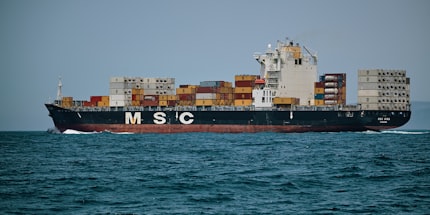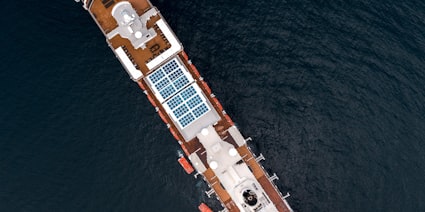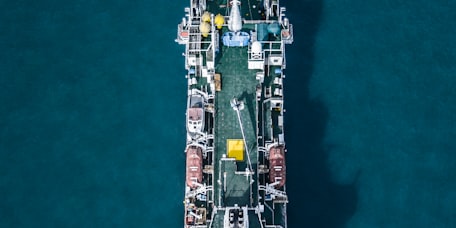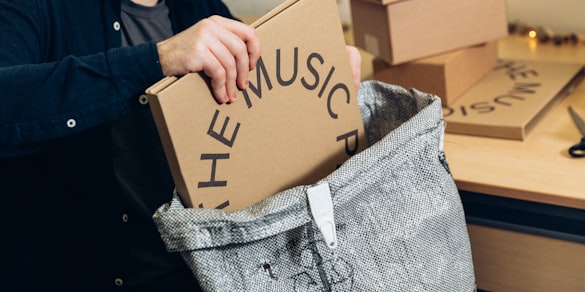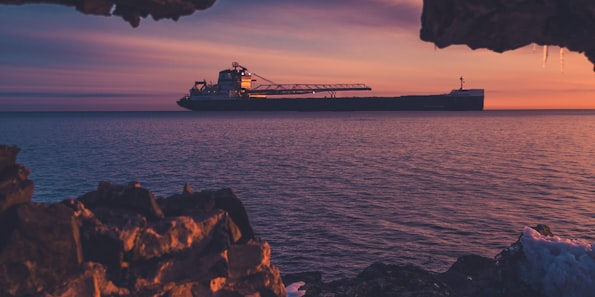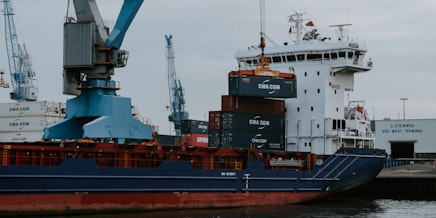
In a major development, the Oil Companies International Marine Forum (OCIMF) has launched its latest information paper, which provides guidance on how to improve policies and procedures concerning the safe use of Electronic Chart Display and Information Systems (ECDIS), says an article published on their website.
What is it?ECDIS has proven to be a very useful tool for the shipping industry, providing navigational charts and data needed for a safe navigation, while the voyage is planned easier...

